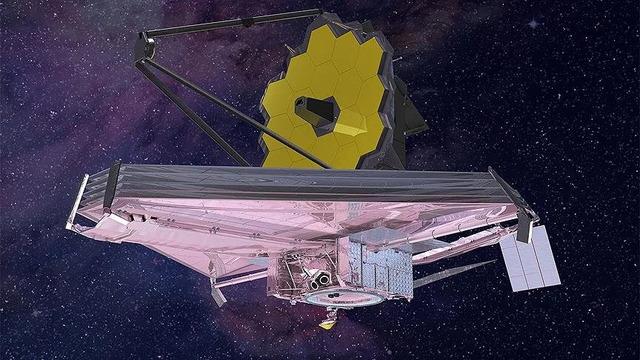According to the news of Forbes, in the research published in the journal Proceedings of the National Academy of Sciences (PNAS), it was stated that the three stars photographed by the Webb Telescope may be “dark stars”, the first stars to form in the Universe.
’10 BILLION TIMES BRIGHTER THAN THE SUN’
It has been stated that the “dark stars”, which have been theoretical until now, are 10 billion times brighter than the Sun and were thought to have existed before the stars of the type visible today were formed in the universe.
Investigations on three “dark star” candidates, named “JADES-GS-z13-0”, “JADES-GS-z12-0” and “JADES-GS-z11-0”, are helping to reveal the nature of dark matter and Webb’s detection. It has been noted that it could help unravel the mystery of galaxies too large to exist right after the Big Bang.
“BIG DISCOVERY TO FIND THAT THE OBJECT THAT POWERS THE STAR IS DARK MATTER”
“Discovering a new type of star is quite interesting in itself, but finding out that the object powering the star is dark matter would be the bigger discovery,” said Katherine Freese, director of the Weinberg Institute for Theoretical Physics and co-author of the study. said.
It was stated that dark matter, which is thought to make up about 85 percent of the matter in the universe, consists of a new type of invisible fundamental particle and is evaluated to interact only with gravity. was recorded.
According to the US Aerospace Agency (NASA), dark matter absorbs light or energy but does not reflect it, nor does it emit any light or energy. For this reason, it was emphasized that dark matter cannot be detected directly, it is rather hypothetical, and its existence can be understood by its gravitational effect on other objects. (AA)
